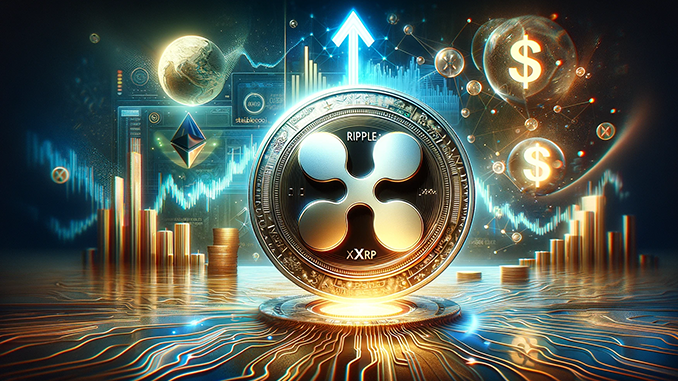
Last week, Ripple announced that it would be launching its own stablecoin this year. Investors are now rightly wondering: will this make XRP redundant? Ripple expects a coexistence.
Ripple is often equated with its cryptocurrency XRP. This has been traded on crypto exchanges worldwide for over a decade and was once designed with the concept of processing international money transfers more efficiently than conventional bank transfers. Now, however, Ripple announced a few days ago that it will be launching a stablecoin in the near future. This is to be pegged 1:1 to the US dollar and backed by fiat reserves and US government bonds. Ripple’s plan raises questions that also directly affect XRP:
1. if Ripple is responsible for a crypto dollar and XRP at the same time in the future – aren’t they creating competition in-house? Ripple is placating and believes that the new stablecoin will bring additional benefits and liquidity to the ecosystem. There is talk of expansion in the direction of decentralized finance (DeFi).
2 With Tether (USDT) and USDC, the crypto industry has two established stablecoins with a combined market capitalization of USD 140 billion. Is there really a need for another stablecoin? The market is growing; Ripple expects around USD 2.8 trillion to be circulating in stablecoins by 2028.
3. does Ripple’s plan to launch a stablecoin have anything to do with the ongoing legal dispute over XRP? Not directly, but indirectly for sure. This is because Ripple’s current business model with XRP is under scrutiny and is to be diversified by the stablecoin.
4 How could Ripple’s stablecoin differ from the top dogs Tether and USDC? Here, Ripple points to its established structures, which have led to cooperation with banks and fintechs in more than 80 countries worldwide.
However, critics are not letting up and note that Ripple’s stablecoin is a hidden admission of XRP’s failure. In fact, XRP never caught on as an international bridge currency. However, institutional customers like to use Ripple’s blockchain technology and they will also be the first point of contact for the stablecoin.
Conclusion: XRP under pressure from Ripple
XRP’s price curve has risen by just 17% over the last twelve months and the all-time high from 2018 is a good 80% away from current levels. The leading cryptocurrency Bitcoin (BTC) has gained 150% in the same period over the last twelve months and is trading close to its all-time highs from March. It is therefore clear that the crypto markets have long since run out of imagination for XRP. After all, XRP should still be good for paying fees in future when the stablecoin is used. Will this justify XRP’s huge market capitalization of currently around USD 33 billion? As in previous years, our Ripple Review 2023 was very skeptical about where XRP would actually find its use cases. Ripple’s planned stablecoin can and should certainly be seen as an answer, and the answer is anything but flattering for XRP.

Leave a Reply